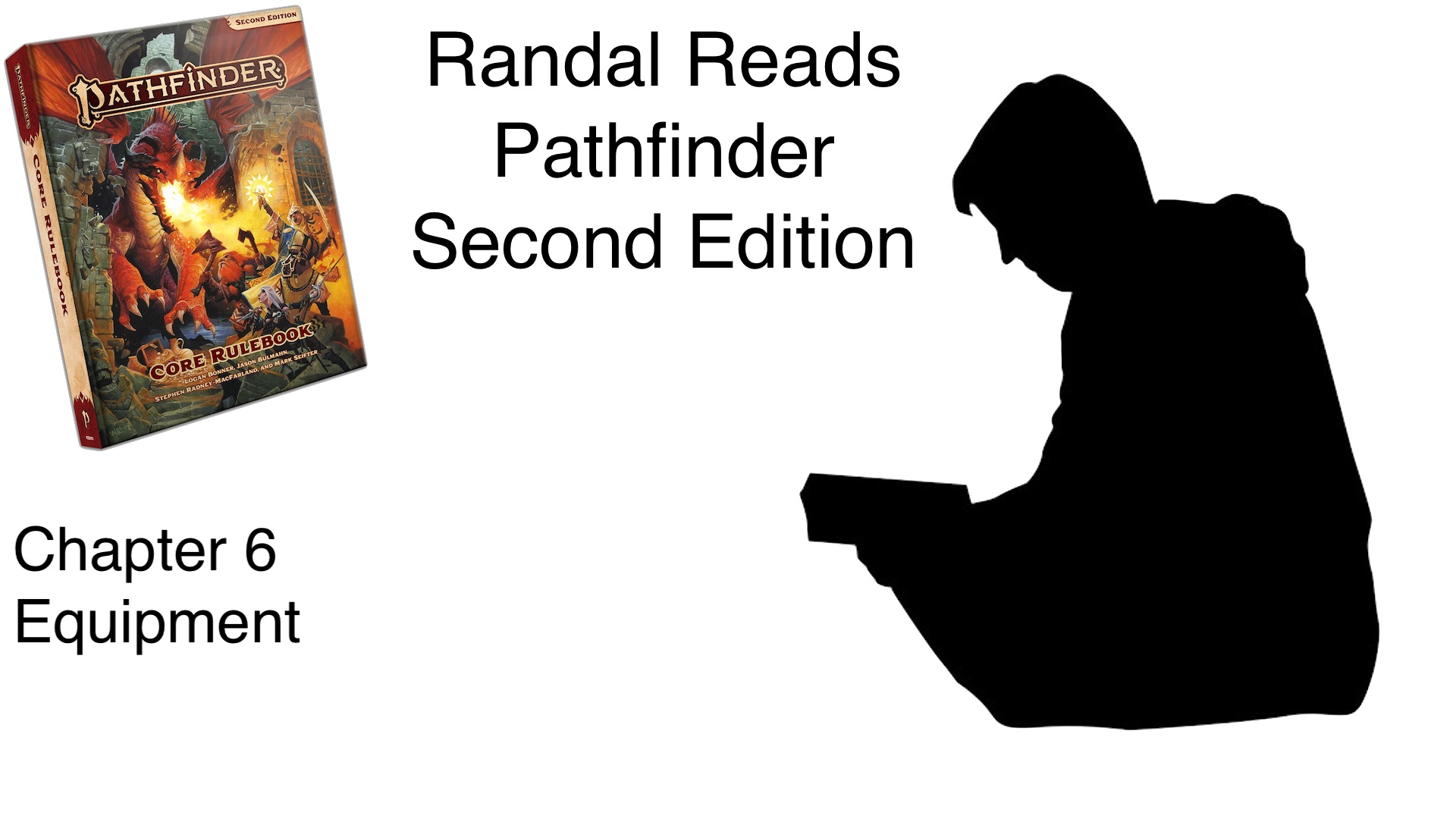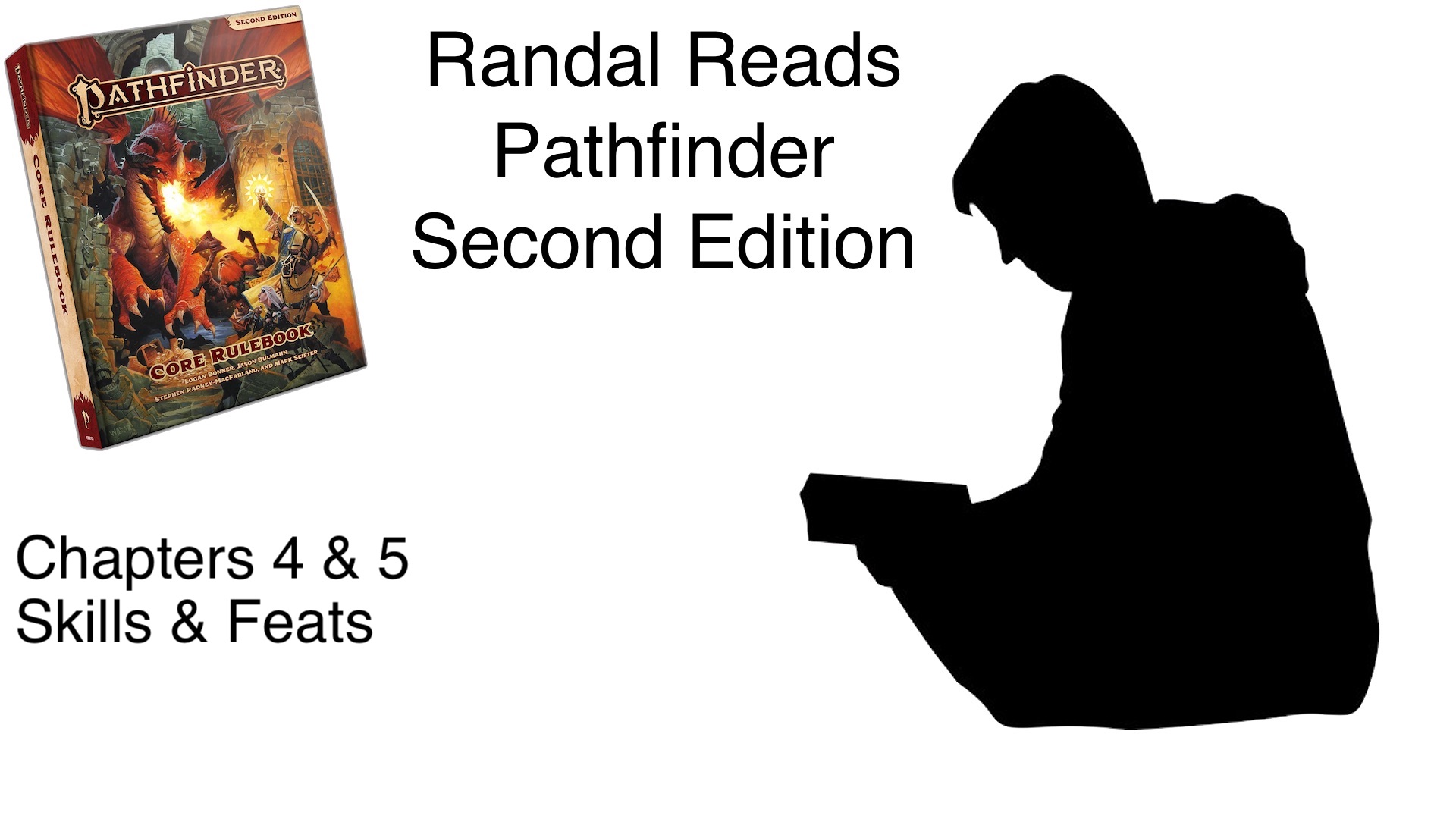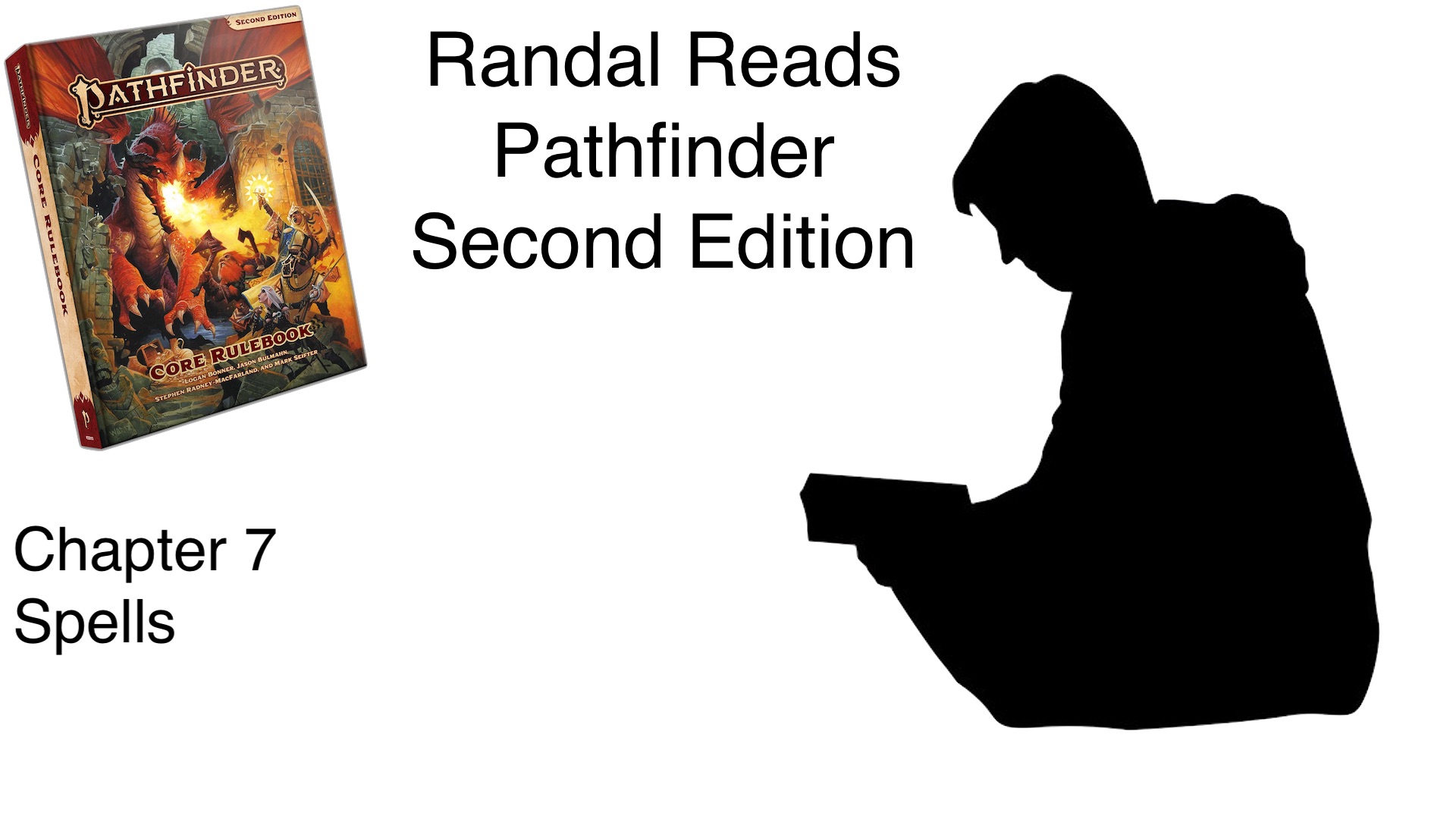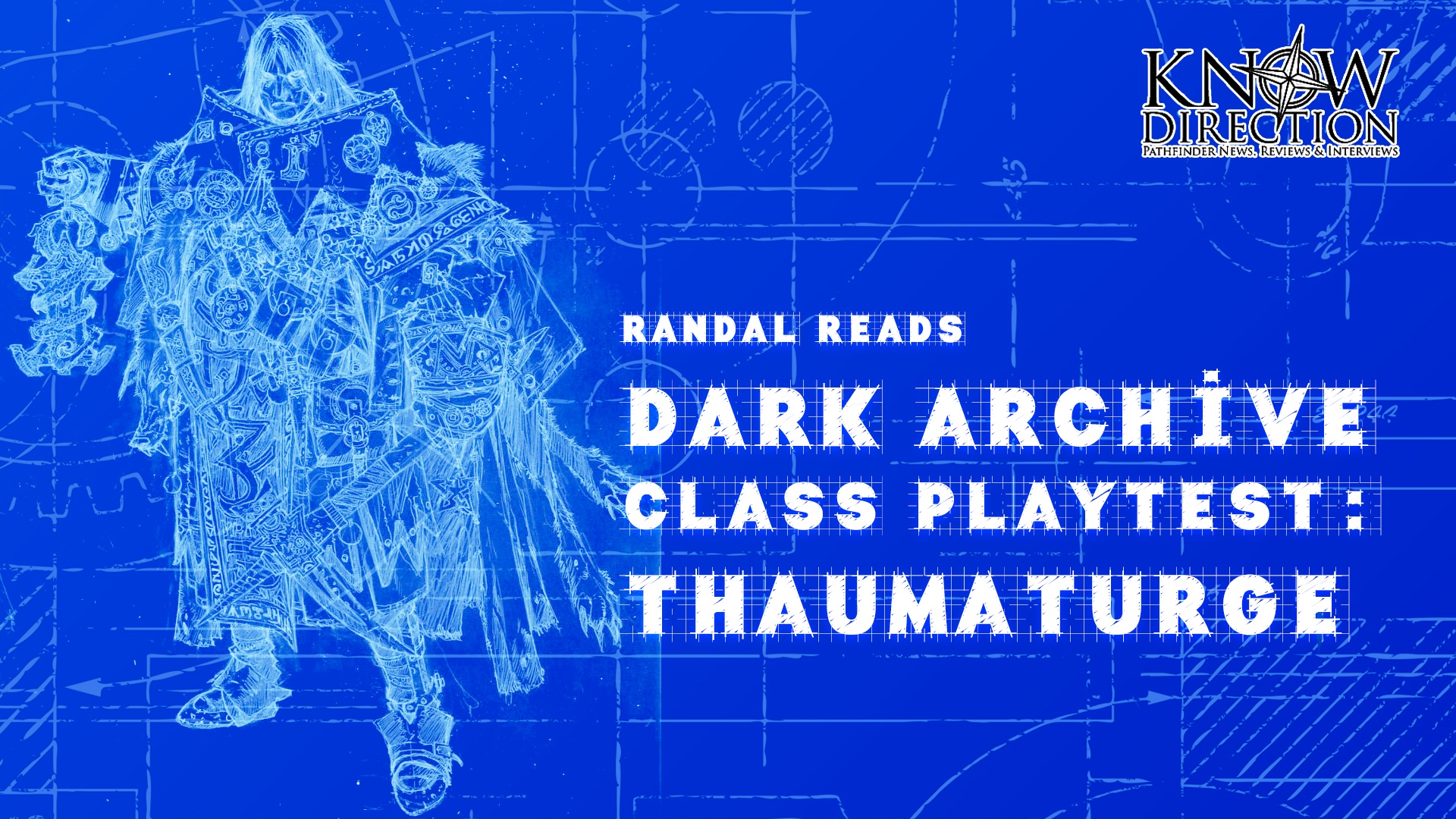Hello, and welcome to a special review of Pathfinder Second Edition. With most of the Know Direction team at Gen Con 2019, gluttonously consuming second edition in all its glory, most of our blogs are on hiatus. I, Randal, writer of Groundbreaking and Terraforming, am here to fill that void with a chapter by chapter review of the new core rulebook. This review is intended to simply be my take on the material as I read it, as first thoughts and impressions, and not a hard comparison of changes from first edition.
Chapter 6 – Equipment
Bulk. Ug. I guess I can deal with Bulk. I really don’t have a mechanical problem with the abstraction, I think this is just me wondering why I need to learn a new system to math when I already know how weight works. I get that this accounts for light but bulky objects. I also get that this makes it way easier for folks that use a real number system, you know, metric, instead of trying to convert pounds to grams and such. I will get over it, I promise. Just give me time.
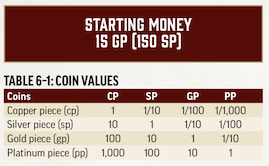 Silver as the common coin, and lowering the average costs of things accordingly. I think I understand the why behind this, and I kinda like it. Common people used pennies on the daily, silver only occasionally, and gold was used to buy a farm. The only reason we deal in vast quantities of gold and platinum is that we have this crazy wealth curve that explains the price of powerful artifacts and dragon hoards. This change I am happy to see without any convincing, even if it wasn’t entirely needed.
Silver as the common coin, and lowering the average costs of things accordingly. I think I understand the why behind this, and I kinda like it. Common people used pennies on the daily, silver only occasionally, and gold was used to buy a farm. The only reason we deal in vast quantities of gold and platinum is that we have this crazy wealth curve that explains the price of powerful artifacts and dragon hoards. This change I am happy to see without any convincing, even if it wasn’t entirely needed.
Item levels I believe they pulled in from Starfinder. While I don’t know how much this was needed, it is a relatively simple change that is going to make it a lot easier to make judgement calls on when to let the party have items. Rarity is a really handy thing to have, especially when you want to change things up for various campaign styles or simply different regions of a campaign. Combined I think this is going to be a great resource managing addition, and I am sure a lot of it was intended for Society play.
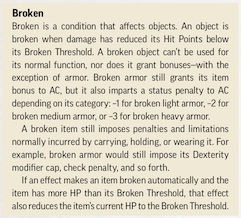 I feel like they explained Item Damage (including Shoddy Items) in more detail than in 1e (at least in that core rulebook). Including “No Armor” is a nice little reminder that unless you have armor on, you aren’t wearing armor … including a dex cap for explorer’s clothes was something I didn’t expect, but can agree with. Armor and shields both seemed to be simplified in words and implementation while not taking anything away from the game. Maybe it is just the layout?
I feel like they explained Item Damage (including Shoddy Items) in more detail than in 1e (at least in that core rulebook). Including “No Armor” is a nice little reminder that unless you have armor on, you aren’t wearing armor … including a dex cap for explorer’s clothes was something I didn’t expect, but can agree with. Armor and shields both seemed to be simplified in words and implementation while not taking anything away from the game. Maybe it is just the layout?
Weapons as well. I feel like they were explained better than in the past. Weapon groups, weapon descriptions, weapon traits, critical specializations, all seemed easy to follow and made sense in a way I think newer players will get. I am really looking forward to trying out the different weapon combinations to mix and match traits and crits. Every weapon now has a reason for being different than the weapon next to it and now those are tangible effects at the table in combat. The deadly and fatal traits are cool (I liked em in Playtest) and I like that more weapons have different damage dice in one or two hands (including lance!).
Another note is that the Weapons area has a couple sentences on Critical Hits (natural 20 or 10 higher than AC) but leaves out the part where a natural 20 can still miss if the AC is super high (degrees of success starting on page 445 explain that a natural 20 simply increases the success by one step and a natural one decreases it by one step).
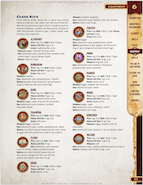 The gear section seemed to once again have pretty simple and clear descriptions of things. I was happy to see the adventurer’s pack as well as the highlighting of the class kits (once again using the new class symbols). A great way to help new players out while also speeding up the process for those of us that build characters 5 minutes before a session! It wasn’t until reading the barding section, in which they pointed out the strength rating that I realized I had totally skipped the strength rating of armor. Using a strength score to indicate you no longer take a check penalty is a welcome addition! I thought the selection of alchemical and magical items highlighted as available at 1st level was surprising, for some reason. Not sure why. I guess I am just not used to the new math, new hit points / healing system, and alchemists that allow for elixirs of life and healing potions to be available for 3 gp at first level.
The gear section seemed to once again have pretty simple and clear descriptions of things. I was happy to see the adventurer’s pack as well as the highlighting of the class kits (once again using the new class symbols). A great way to help new players out while also speeding up the process for those of us that build characters 5 minutes before a session! It wasn’t until reading the barding section, in which they pointed out the strength rating that I realized I had totally skipped the strength rating of armor. Using a strength score to indicate you no longer take a check penalty is a welcome addition! I thought the selection of alchemical and magical items highlighted as available at 1st level was surprising, for some reason. Not sure why. I guess I am just not used to the new math, new hit points / healing system, and alchemists that allow for elixirs of life and healing potions to be available for 3 gp at first level.
I think I followed along with the formula descriptions ok. I have heard some confusion about them, but it pertains to magical items so I will reserve a final judgement on that, but I think the concept was simple enough. I like that you can take an item apart to learn how to make it, and are left with half the material costs needed to rebuild it using your new formula and not spending any extra money! I suspect that the item size and cost conversions is going to require reading and figuring out for at least the first dozen times anybody uses it. Not that it is overly complex, but just that it doesn’t happen enough and it is just complex enough that the infrequency will cause people to think they don’t get it.
Tune in tomorrow for Chapter 7 – Spells

